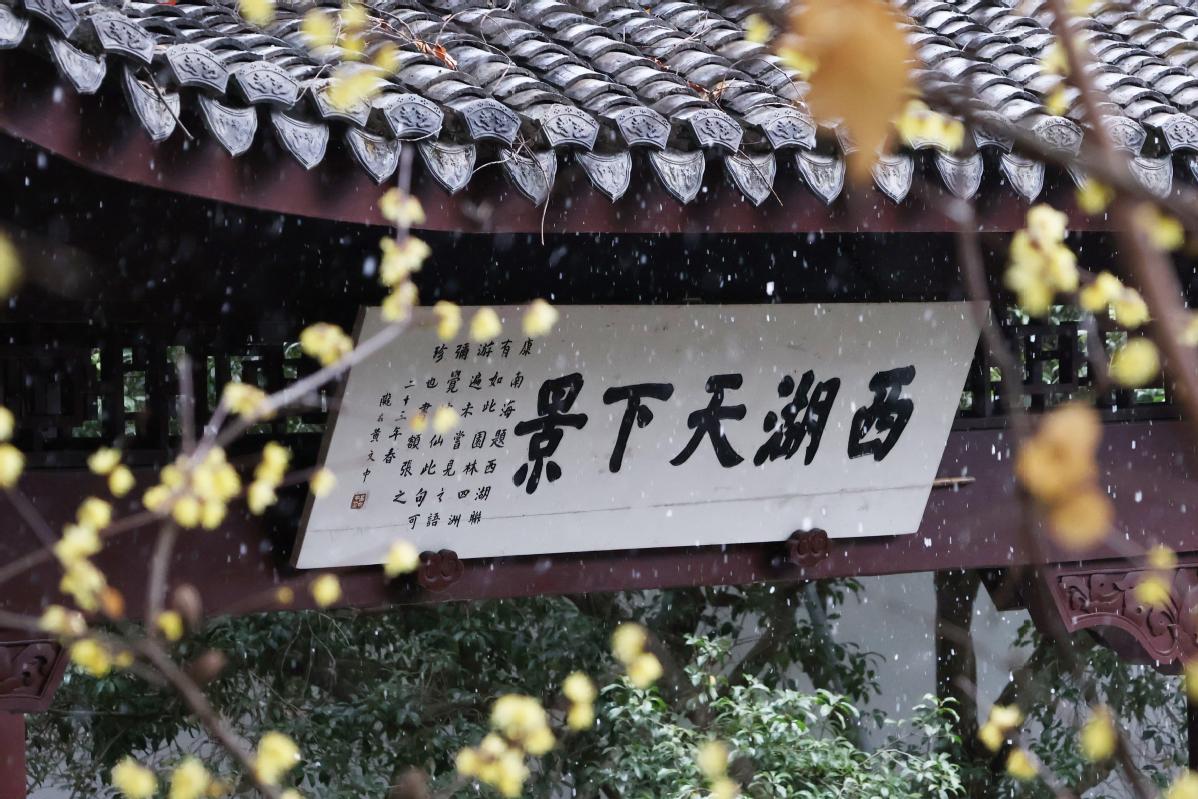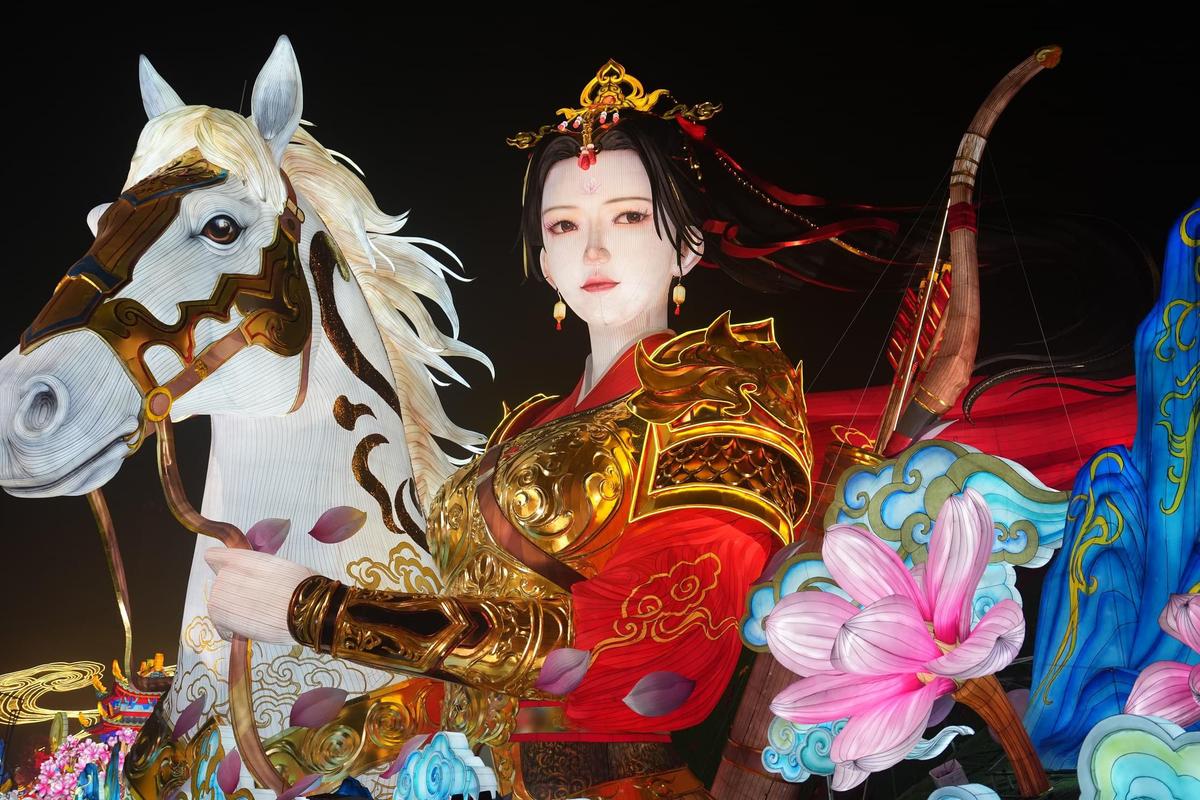Ancient sea scorpion fossil discovered in Zhejiang


Scientists have found a fossil of a rare species of sea scorpion in Zhejiang province that is likely the nation's oldest representative of eurypterids, according to a study published in Journal of Paleontology last month.
The team behind the study comprising scientists from China and the United Kingdom named it Archopterus anjiensis.
"Most eurypterids have claw-like front appendages like spiders and swimming paddles that help them move quickly, which indicate that they may have been predators in the ocean, and Archopterus anjiensis likely fed on small prey such as mollusks, crustaceans and worms," Wang Han, the main author of the study, told China Daily.
The fossil, which was found in Anji county in Huzhou, dates back 450 million years to the Ordovician period.
"It represents the first unequivocal Ordovician and the oldest eurypterid recorded in China, adding new knowledge of both the morphology and ecology of early, rare eurypterids," Wang said.
"The specimen is preserved, together with diverse sponges, graptolites and occasional nautiloids, in 10-meter-thick shale in a deep-water setting," according to the study.
A restorative picture of the scorpion posted on Weibo drew many comments and views, with many netizens saying that it looked very cute with its round head and eyes.
"It looks like baked bread to me," Yang Dinghua, a paleontological restoration artist who was responsible for the illustration, told China Daily.
Yang said that he has created about 100 works in the past decade and was surprised that this one had become so popular.
"People's response to this picture encourages me. It is quite unexpected," he said. "But this is the charm of art."
Yang fielded questions from people commenting on his art.
"Is this the photo or the imagined picture?" a netizen asked Yang on Wednesday.
"This picture uses 3D digital restoration technology with reference to the data provided by the scientist and fossil found in Anji, and it took me about a week to finish it," Yang replied.
The artist noted the importance of restoration technology in researching ancient creatures and sites. "Restoration technology is also supported by rigorous scientific evidence and scientific originality. It can increase the impact of research and give more details about findings," he said.
"I think scientific restorative pictures also play an important role in supporting scientific research and the popularization of science," he added.
- Former Hainan official sentenced in bribery case
- Hangzhou residents enjoy rare snowfall
- Artificial reefs part of successful marine conservation efforts in Guangdong
- Zigong lantern festival combines cultural heritage with advanced technology
- Woman executed for abusing and killing stepdaughter
- Zhangjiakou academy students hit Olympic ski slopes as winter break begins





































